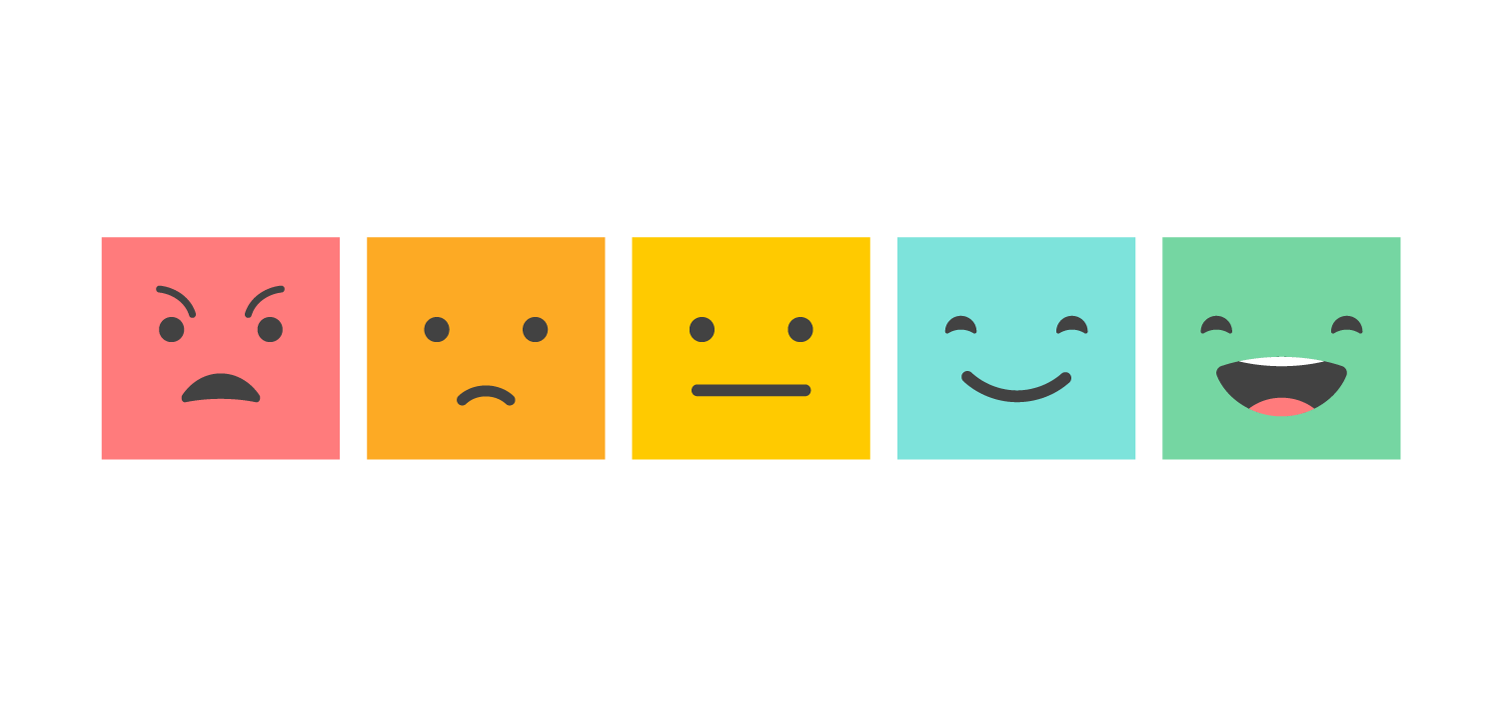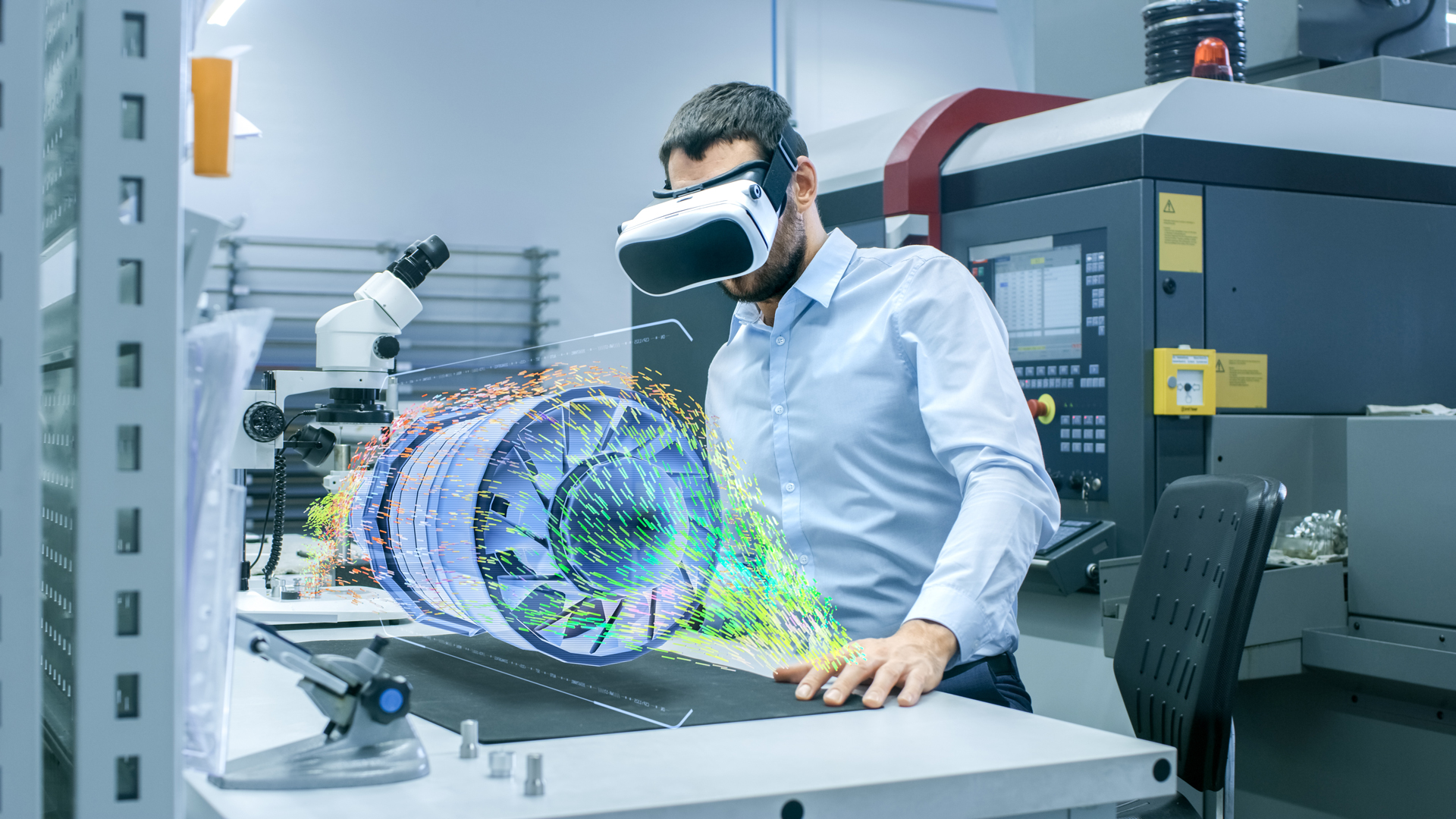Virtual reality, animation and gamification are the stand-out performers in digital learning environments. Whilst these relatively new technologies are not ubiquitously established tools across the board – yet – researchers agree that the emotional provocation they offer can significantly enhance learning.
The fact of the matter is that immersive technologies make experiences feel real. This can have phenomenal impacts on the capacity to learn new skills and retain information. Animated visuals prompt an emotional response that impacts the psycho-biological system in terms of perception, reasoning and memory.
We’ve known for some time that emotions influence our cognitive processes and behaviours. More recently, researchers have recently found a correlation between emotional states and the ability to learn. For example, a relaxed state – induced by methods of learning that are fun – enhances the capacity for learning and memory retention. Engaged students are more focused and naturally put in more effort. The opposite is true in stressful or boring environments.
Studies in Social and Emotional Learning have already shown that the emotional responses to VR simulations helped children to learn empathy. This improved their attitude and view of the world in society. But whilst cutting-edge technologies can stimulate emotions and enhance learning, emotions can influence the learning strategy. And that’s not always a good thing.
Motivation and Focused Attention
Emotions have a direct effect on how an individual is motivated. On the one hand, emotions can externally motivate people to succeed and engage with compelling learning tools more often.
However, emotions also influence the internal motivations of students. Studies showed that emotions contribute to self-regulation. Emotions like fun, joy, hope and pride promote flexible learning strategies and can have a positive impact on the resulting performance. On the flip side, negative emotions such as boredom, confusion and stress diminish motivation and hamper information processing.
Researchers concluded that the amount of focus students and trainees lend to the learning process is influenced by how much interest they have in the topic. This becomes irrelevant when you use technologies that stimulate emotions in a positive way. Animation, VR and gamification are mechanisms that serve as a tool to promote emotional experiences. Gamification, for example, presents users with a purpose and enables them to form a clear intent. In turn, the focus and motivation of the user are heightened and raise their capacity for reasoning and problem-solving.











